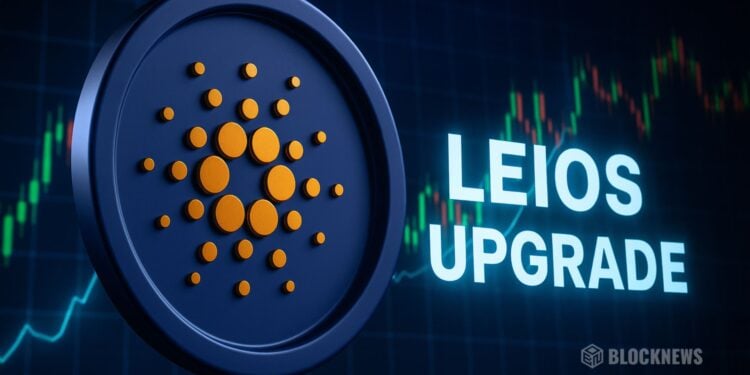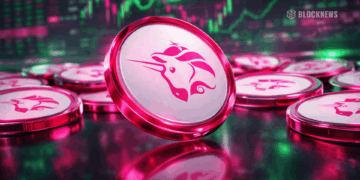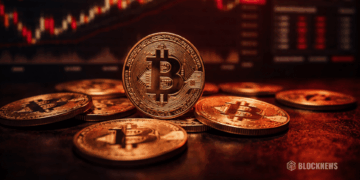- Cardano’s Leios upgrade begins with Leios Lite, promising up to 55x throughput gains.
- Institutions like Franklin Templeton and Reliance Global Group are signaling real interest in Cardano.
- ADA price could test $1.50 later in 2025 if resistance levels break and market sentiment turns bullish.
In the latest Cardano news, Sebastian Nagel, the lead architect behind the Leios project, confirmed that Leios CIP-164 was officially published in August. This is no small update—it’s set to roll out in phases, starting with “Leios Lite,” a lighter version aimed at lifting Cardano’s throughput by as much as 55 times. That kind of performance bump could push Cardano into an entirely new league when it comes to transaction processing. Charles Hoskinson himself doubled down on its importance, reaffirming that Leios sits firmly on Cardano’s long-term roadmap.
Nagel explained that instead of dumping the whole upgrade at once, the team will take a phased approach. By releasing Leios Lite first, developers can see how the system behaves under real-world conditions before scaling it further. Think of it as stress-testing Cardano’s ability to handle massive transaction flows without risking stability. Later stages will expand the system fully, ensuring that the final version is hardened through data and experience. This staggered release reflects Cardano’s broader philosophy: slow, methodical improvements aimed at solving scalability once and for all.
Hoskinson on Cardano’s Path to Omega
Charles Hoskinson chimed in with his own perspective, tying Leios into the bigger story. He pointed out that Cardano’s ultimate destination—the Omega phase—won’t be easy to reach, but it promises to end the scalability debate for good. Beyond Leios, he highlighted other key initiatives like Midnight and partnerchains, which will bring interoperability and extended utility to the network. Governance upgrades are also in the works, making sure Cardano’s decision-making process evolves as the ecosystem matures.
Hoskinson also made it clear that Cardano refuses to chase hype or shortcuts. In his view, it’s the only blockchain that can truly be described as third-generation—built to balance scalability, security, and decentralization. Leios, then, is more than just a technical patch; it’s a cornerstone of that long-term vision. It links directly with other pieces of Cardano’s roadmap, reinforcing how each project feeds into the larger ecosystem.
Institutional Interest in Cardano
While developers push forward, institutions are starting to pay closer attention. Lucas Macchiavelli recently noted that Franklin Templeton, a massive asset manager with $1.6 trillion under management, is already running Cardano nodes. That kind of involvement shows interest from heavyweight financial players, far beyond the usual retail crowd. Corporations are joining in too—Reliance Global Group confirmed its first ADA purchase for its treasury, underscoring how Cardano is creeping into corporate strategy.
These moves reflect a growing trend: Cardano is no longer just a speculative play but an ecosystem institutions want to explore, both technically and financially. The mix of upgrades like Leios and institutional recognition strengthens the narrative that Cardano isn’t fading into the background—it’s moving toward a more central role in blockchain infrastructure.
Cardano Price Prediction: Can ADA Hit $1.50 in 2025?
On the market side, ADA currently trades at $0.7851 with a market cap of $28.1 billion, holding steady in the top ten cryptos. Trading volume dipped by more than 40% in 24 hours, suggesting some cooling momentum. Analysts, however, remain intrigued by ADA’s chart structure. They note its resemblance to past consolidation patterns that often ended in explosive rallies.
October and November 2025 have been flagged as potentially decisive months for ADA’s direction. If the price can push above resistance zones, analysts see $1.50 as the next major target. Combined with the rollout of Leios and renewed institutional attention, ADA’s trajectory could shift quickly if market sentiment aligns. The question isn’t just whether Cardano can hold its place—it’s whether it’s gearing up for the kind of breakout that puts it firmly back in the spotlight.














